Despite Google’s continuing delay in deprecating third-party cookies, marketers now regard evaluating identity solutions as an urgent priority. Publishers are feeling the pressure, too.
Compared with 2021, around twice as many marketers, and well over twice as many publishers, now view selecting identity solutions as urgent to very urgent. The data comes from the latest “Beyond the Cookie” report issued by data solutions provider Lotame. The findings are based on interviews with more than 1,400 industry professionals, marketers and publishers, across seven global markets in September 2022.
Solutions marketers feel good about. An equal number of marketers (25%) feel positive about probabilistic identity solutions — solutions that resolve data from a number of sources into a single, probable identity — and contextual solutions. Almost the same percentage (24%) favor targeting cohorts. (Note: The report does not clearly distinguish between the use of contextual identity and cohorts, both of which group audiences based on behavior.)
What marketers need from identity solutions. With an ever-increasing number of identity solutions available, marketers don’t want to be restricted at this stage of the game to just one. They are testing a variety and learning from outcomes.
The possibility of using multiple identity solutions has resulted in a demand for interoperability. The numbers of marketers open to working with new identity partners remained even YoY.
Questions about email. Identities based on authenticated email addresses are still very much on marketers’ radar, with 23% expressing an interest. But reservations are being expressed too. 30% don’t believe email authentication can scale; 30% are understandably skeptical that it will aid the acquisition of new customers; and it seems that a majority of email identity solutions are still working with third-party cookies.
Topics and clean rooms. The Google Topics identity solution (that replaced FLoC) is attracting some interest from marketers (22%), although there are concerns about the constraints of working within a walled garden.
As for data clean rooms, there is greater interest among publishers than marketers, but although usage is up, there is grumbling about the cost.
Why we care. Every few weeks we wake up and think — wait, third-party cookies really are going away one day. Is everyone ready for that? After a period of apparent stasis (remember when the industry was in denial about GDPR?), it looks like marketers and publishers are finally focused on finding alternatives. And it continues to look like there won’t be just one alternative that wins the day.
It’s worth noting that Lotame itself offers an identity solution, Lotame Panorama ID. Its website also still drops cookies.
Get MarTech! Daily. Free. In your inbox.




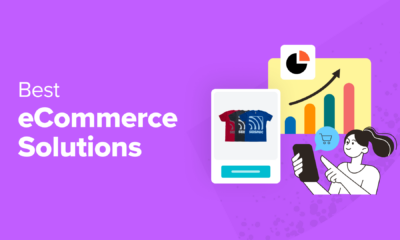



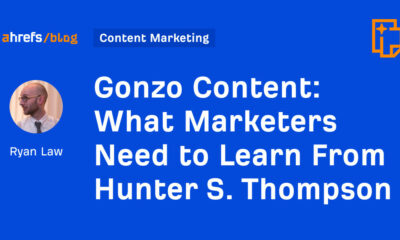

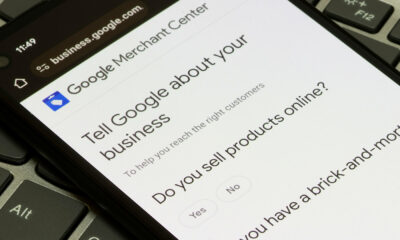

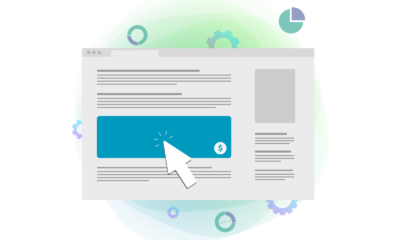

![YouTube Ad Specs, Sizes, and Examples [2024 Update] YouTube Ad Specs, Sizes, and Examples](https://articles.entireweb.com/wp-content/uploads/2024/06/YouTube-Ad-Specs-Sizes-and-Examples.jpg)

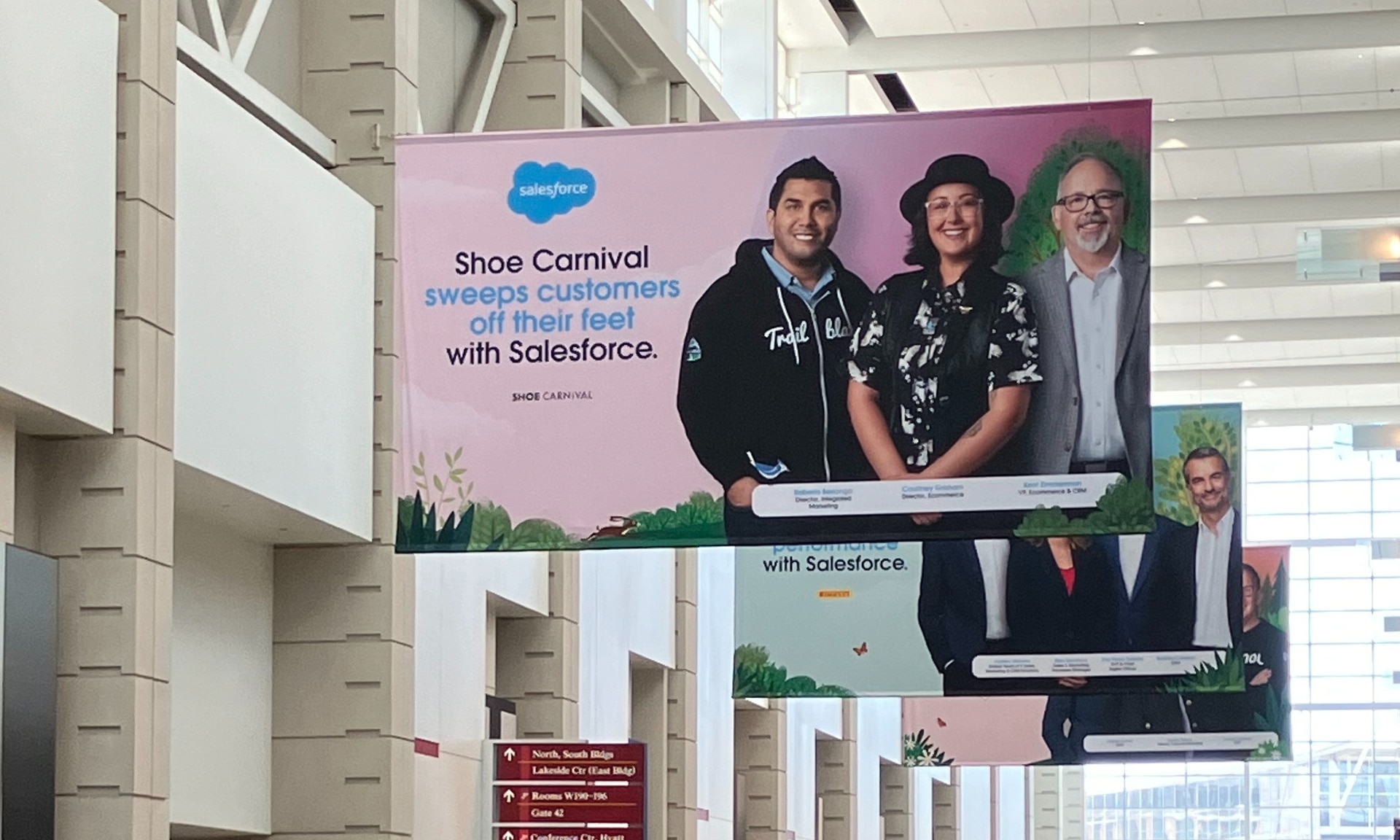


You must be logged in to post a comment Login